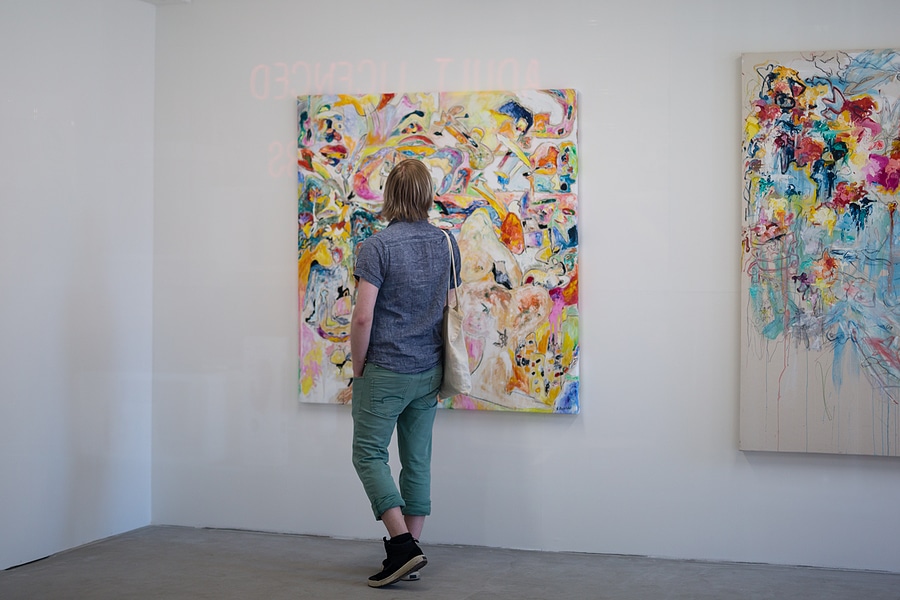A genre of art that has provided intense fascination for so many collectors, critics and other artists is the art and bespoke framing from people who do not fit into artistic conventions and are unconfined by genre, movement or establishment.
Part of the reason why artists are fascinated by figures such as Frida Kahlo is that they often dare to explore topics considered to be social taboos or provide an interpretation outside of the establishment norm.
One of the most famous examples of this was an artist who drew and painted his entire life, filling his exceptionally modest living space with sketches, collages and immensely detailed mixed-media novels, absolutely none of which was known about until a few months before his death in 1973.
The archetypal outsider artist, Henry Darger is one of the most fascinating figures in art history owing to his tragic life, largely isolated life and the unique nature of his work, combining the tranquil, optimistic and naive with the grotesque and horrifying, depicting an internal and external battle with his faith.
The Realms Of The Unreal
Born in 1892, Henry Joseph Darger Jr escaped a mental asylum in 1909 and worked in various menial hospital jobs from the age of 17 until his retirement in 1963, aside from brief military service.
His life remained relatively static throughout this entire period; he would attend mass (sometimes up to five times a day after his retirement), collect objects and newspaper clippings that had been dropped by others on the street and work at the hospital, before returning home to work on what became his magnum opus.
In The Realms of the Unreal, or to use its full name, “The Story Of The Vivian Girls, in What is Known as the Realms of the Unreal, of the Glandeco-Angelinian War Storm Caused by the Child Slave Rebellion”, was an illustrated novel over 15,000 pages long, with over 300 watercolour paintings.
It depicts the story of seven sisters who attempt to rescue enslaved children, set against a backdrop of a war of faith and ideology between the largely Catholic nation of Abbieannia and the Glandelinians led by John Manley.
Much of the story was inspired by the American Civil War and Mr Darger’s failed attempts to adopt a child, thwarted by discrimination against people who had spent time in mental health institutions at the time. Friend William Schloeder and he even planned to set up a child protection society.
Much of the work is collage, but without the irony and social commentary commonly seen in its use in Pop Art, with certain newspaper clippings of child victims used constantly in his work.
One particular image of Elsie Paroubek was of particular significance to Mr Darger, to the point that losing this image led to a crisis of faith depicted in the novel and the somewhat grisly depictions of the events of the Child Slave Rebellion.
Ultimately, he wrote two endings on each side of a piece of paper, with either the Vivian Girls or the Glandelinians winning.
Despite no training and almost no experience of art outside of the Catholic Church, he has a surprising gift for composition and use of colour with the limited materials he could afford and is now exceptionally difficult to preserve for buyers.
After his death and the discovery of his works by his landlords Nathan and Kiyoko Lerner, interpretations changed from outright revulsion and accusations of criminality to appreciation of its artistic merit, and his story is amongst the most fascinating in folk and outsider art circles.
